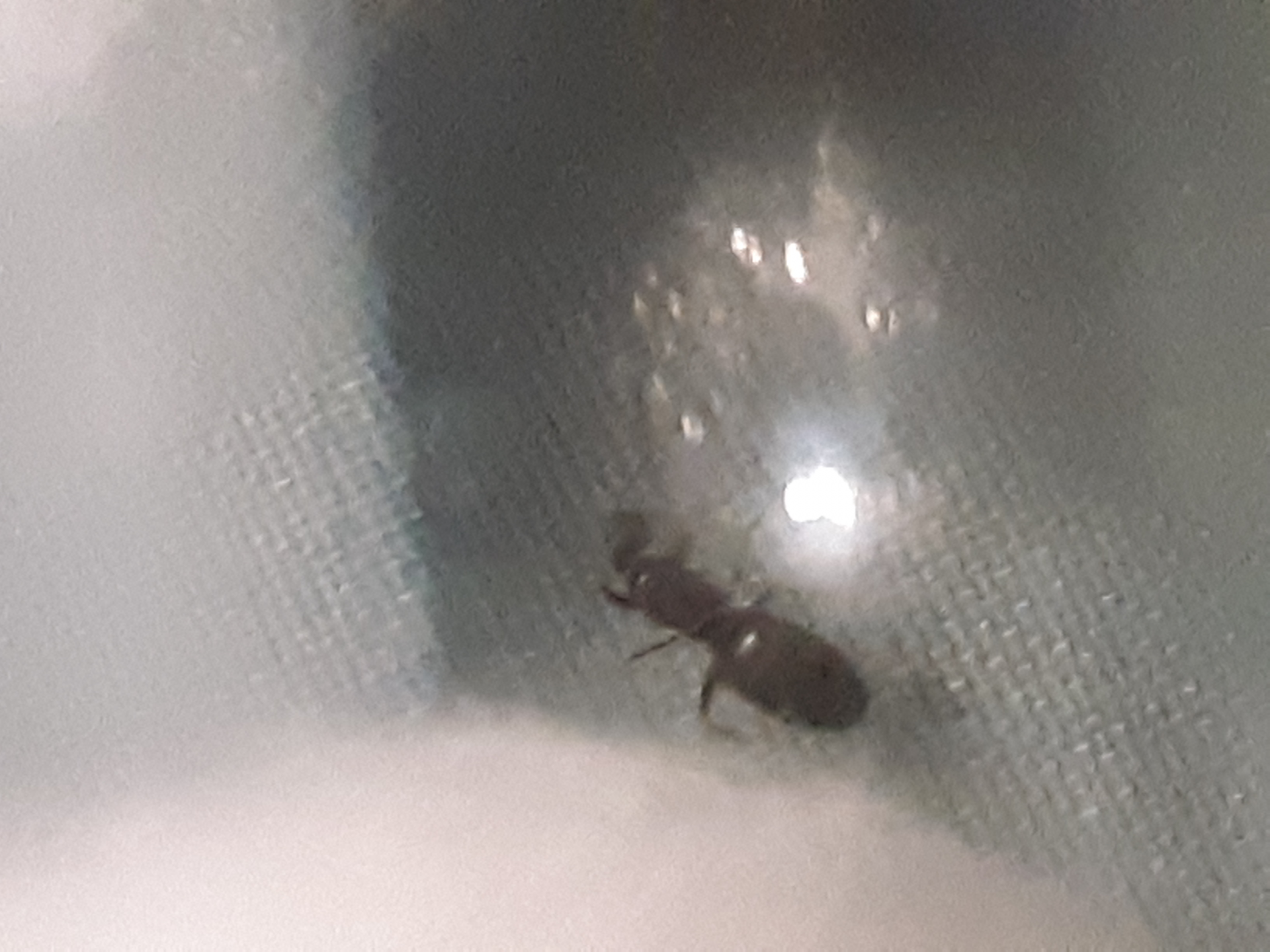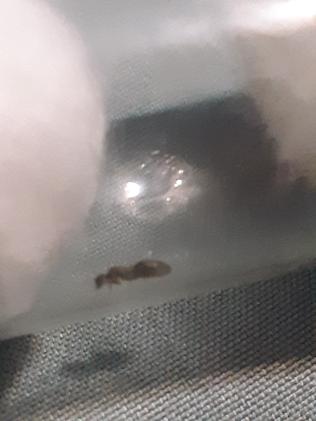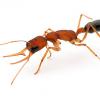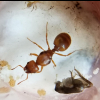I am assuming she's a parasitic queen due to her long antennae and legs, but who knows.
1. Location of collection: Illinois
2. Date of collection: 5-22-20
3. Habitat of collection: Urban area on sidewalk
4. Length (from head to gaster): 3.5 to 4 millimeters
5. Color, hue, pattern and texture: Black for the most part, however she has a chesnut abdomen, which contrasts the black head and gastor.
6. Distinguishing characteristics: very small
7. Distinguishing behavior: none
8. Nest description: N/A
9. Nuptial flight time and date: N/A
Edited by Question72, May 23 2020 - 10:56 AM.






















